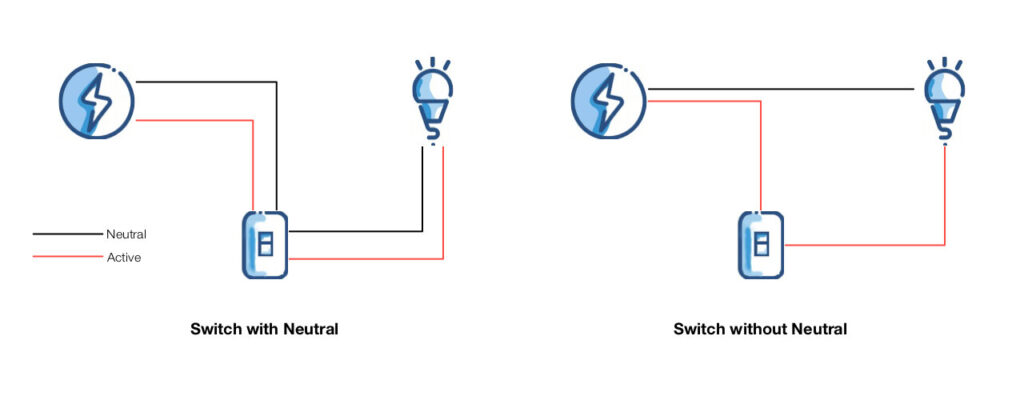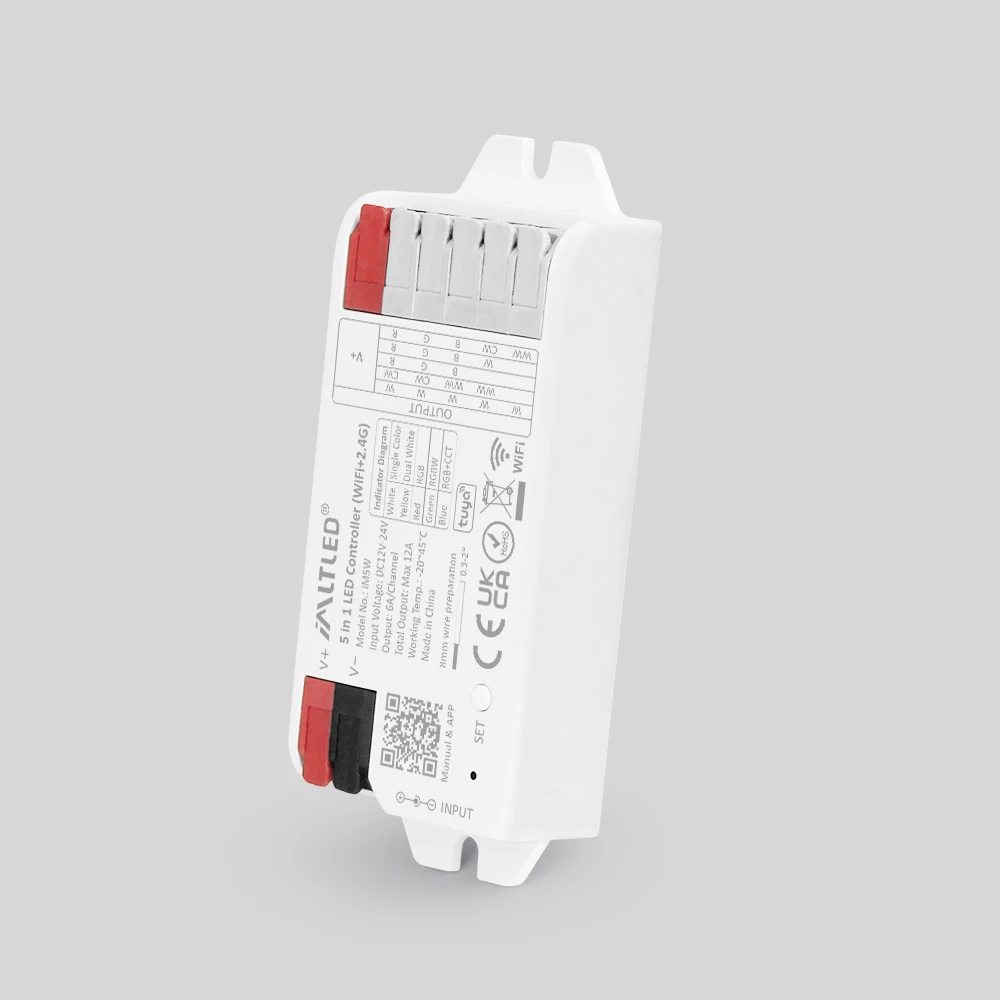In the complex world of electrical systems and controls, various components contribute to the smooth operation of machinery and devices. One such component that often sparks curiosity is the “no neutral switch.” This blog post aims to demystify the concept of a no neutral switch, exploring its function, applications, and benefits in everyday systems. auoky.com
What is a No Neutral Switch?
A no neutral switch, as the name suggests, is a type of switch that operates without requiring a neutral wire in the electrical circuit. In typical electrical systems, a neutral wire provides a return path for current to complete the circuit, ensuring safety and efficiency. However, in certain applications, particularly those involving low-voltage systems, controlling devices, or older electrical installations, the need for a neutral wire is eliminated. This is where the concept of a no neutral switch comes into play.
How Does a No Neutral Switch Work?
The functionality of a no neutral switch relies on the principles of capacitive coupling or inductive switching. In simple terms, these switches can detect the presence of a circuit through the line wire alone, without needing a separate return path provided by the neutral wire.
In practical terms, think of a no neutral switch as a bridge that connects one circuit to another using only the line. This is particularly useful in environments where adding a neutral wire may be impractical, expensive, or, in some cases, against regulatory codes.
Applications of No Neutral Switches
No neutral switches are prevalent in various applications, primarily in residential and commercial settings. Here are some key areas where they are commonly utilized:
- Smart Lighting Systems: The rise of smart home technology has increased the demand for no neutral switches. Many smart dimmers and switches require a constant power supply to maintain their smart functions, such as responding to remote controls or mobile apps. A no neutral switch allows these systems to operate efficiently without the need for additional wiring.
- LED Lighting: Some LED fixtures and systems are designed specifically to work with no neutral switches. This is particularly advantageous when retrofitting old lighting fixtures, allowing users to upgrade to energy-efficient LED options without significant rewiring.
- Commercial Installations: In commercial settings, no neutral switches can simplify the installation process. For instance, in an office space where multiple switches control lighting, implementing a no neutral switch can streamline the wiring process and reduce installation costs.
- DIY Projects: For those who enjoy home improvement projects, no neutral switches become a viable option. They enable DIY enthusiasts to install lighting and control devices without engaging in complex electrical work, ultimately improving safety and reducing the risk of electrical mishaps.
Benefits of No Neutral Switches
The benefits of employing a no neutral switch in electrical systems are manifold:
- Simplicity and Convenience: By eliminating the need for a neutral wire, these switches offer greater flexibility in terms of installation. This makes it easier for homeowners and contractors to adapt to existing wiring without extensive modifications.
- Cost-Effective: The absence of a neutral wire means less material is required during installation, potentially lowering the overall project costs. Homeowners can achieve modern smart home functionalities without incurring significant alterations to their electrical systems.
- Compatibility: No neutral switches are designed to work seamlessly with a variety of devices and technologies, making them a versatile choice for various applications. They are particularly useful in older homes where traditional neutral wiring may not be present.
- Enhanced Safety: Many modern no neutral switches are equipped with advanced safety features to prevent overloads and short circuits. This adds an additional layer of protection for users, making them a reliable choice for electrical installations.
Considerations When Using No Neutral Switches
While the advantages of no neutral switches are compelling, there are important considerations to keep in mind:
- Not Suitable for All Applications: It’s essential to ensure that the no neutral switch is appropriate for specific devices. Not all appliances or fixtures can function optimally with a no neutral switch.
- Installation Expertise: Although no neutral switches are easier to install than traditional counterparts, some electrical knowledge is still beneficial. Users should consult with an experienced electrician to ensure compatibility and safety.
- Local Codes and Regulations: As with any electrical installation, it’s crucial to adhere to local electrical codes and regulations. Ensure that the use of no neutral switches complies with applicable standards in your area.
Conclusion
In conclusion, a no neutral switch represents a significant advancement in electrical control technology, enabling efficient operation without the necessity of a neutral wire. From smart lighting systems to straightforward DIY projects, the applications are vast, and the benefits compelling. As technology continues to evolve, understanding components like the no neutral switch will become increasingly relevant for both residential and commercial users.
For those considering upgrades or new installations, a no neutral switch may be the ideal solution. By simplifying installations, enhancing compatibility, and reducing costs, these components stand out as a transformative option in modern electrical systems. As always, when incorporating new technology into electrical systems, consulting with professionals remains the best practice to ensure safety and effectiveness. auoky.com


